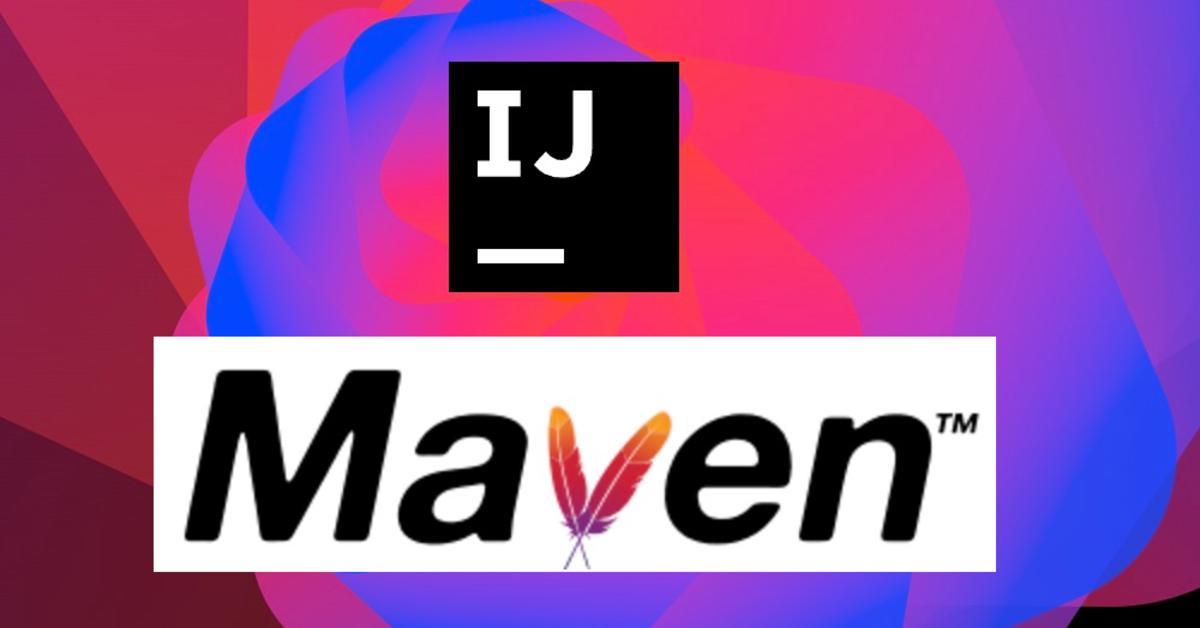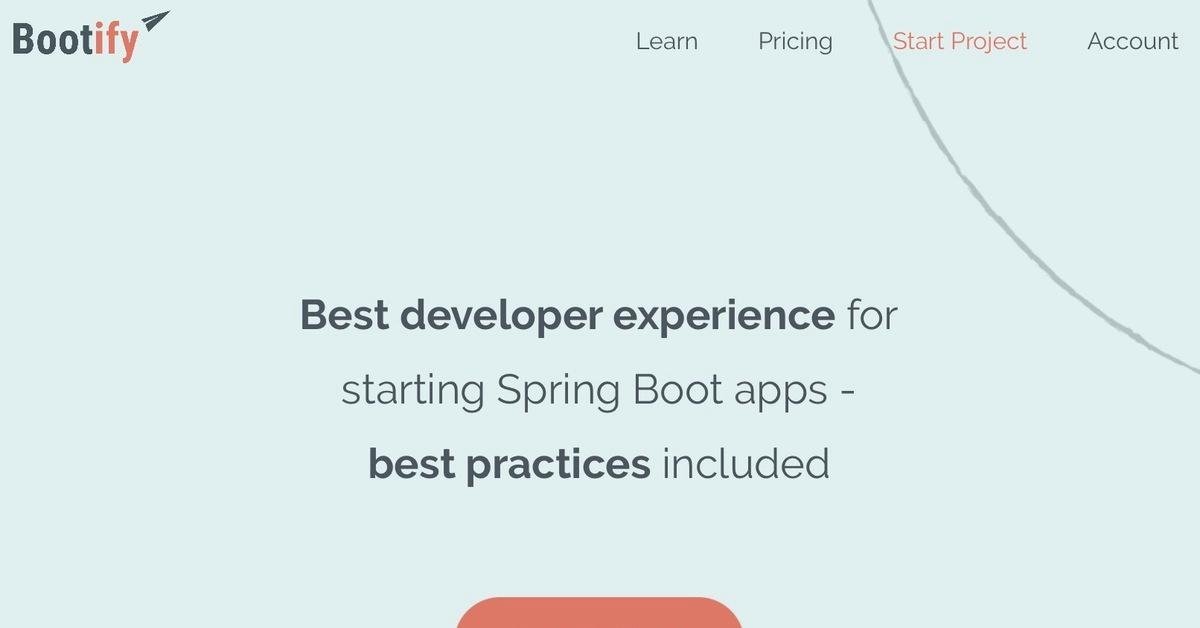Bulk Insert (大量 Insert) 的三種技術
前言
大量 Insert 資料至資料庫是很常會用到的實務功能,例如: 匯入客戶名單,增加入庫貨品...等等。
在Java的技術領域裡,可以做到「高效率」大量 Insert 資料的技術不只有一種,分別在JDBC、JdbcTemplate、JPA都有支援。
開發環境
Java 11
MySQL Community 8.0.27.0
Spring Tool Suite 4.11.1
建立 Spring Boot 專案
利用 Spring Tool Suite 來建立 Spring Boot 專案非常的方便快速。
步驟1: 新增專案
步驟2:設定專案名稱
步驟3:選擇套件
步驟4:專案建立完成
步驟5:設定 application.properties
server.port=8080
logging.level.com.example=debug
# JPA
spring.jpa.hibernate.ddl-auto=create
spring.jpa.show-sql=false
spring.jpa.properties.hibernate.format_sql=false
#spring.jpa.properties.hibernate.jdbc.batch_size=10
#spring.jpa.properties.hibernate.order_inserts=true
# MySQL
spring.datasource.url=jdbc:mysql://localhost:3306/demo
spring.datasource.username=root
spring.datasource.password=root
spring.datasource.driver-class-name=com.mysql.cj.jdbc.Driver
※ 在使用 JdbcTemplate 機制處理大量 Insert 時,將 spring.jpa.properties.hibernate.jdbc.batch_size 和 spring.jpa.properties.hibernate.order_inserts 的註解打開,有機會改善 Insert 效能。(效能的改善會受限於 JDBC 驅動程式和資料庫)
步驟6:建立 Entity Bean
package com.example.model;
import javax.persistence.Column;
import javax.persistence.Entity;
import javax.persistence.GeneratedValue;
import javax.persistence.GenerationType;
import javax.persistence.Id;
import lombok.Data;
@Data
@Entity
public class Customer {
@Id
@Column
@GeneratedValue(strategy = GenerationType.IDENTITY)
private Long id;
private String firstName;
private String lastName;
public Customer(String firstName, String lastName) {
this.firstName = firstName;
this.lastName = lastName;
}
}※ 由於有引入 Lombok 套件,於是可以使用 @Data 注釋自動建立 getter & setter 函式,可以簡化不少建立 getter & setter 函式的操作。
※ 畫面上雖然看不到 getter & setter 函式,其卻是真實存在著,可從 Outline 視窗中看得到,如下圖
步驟7:建立 Repository Bean
package com.example.Repository;
import org.springframework.data.jpa.repository.JpaRepository;
import com.example.model.Customer;
public interface CustomerRepository extends JpaRepository<Customer, Long> {
}
步驟8:建立 Controller Bean
package com.example.controller;
import java.sql.Connection;
import java.sql.PreparedStatement;
import java.sql.SQLException;
import java.util.ArrayList;
import java.util.List;
import javax.sql.DataSource;
import org.springframework.beans.factory.annotation.Autowired;
import org.springframework.http.ResponseEntity;
import org.springframework.jdbc.core.BatchPreparedStatementSetter;
import org.springframework.jdbc.core.JdbcTemplate;
import org.springframework.web.bind.annotation.GetMapping;
import org.springframework.web.bind.annotation.RestController;
import com.example.Repository.CustomerRepository;
import com.example.model.Customer;
import lombok.extern.slf4j.Slf4j;
@Slf4j
@RestController
public class CustomerController {
@Autowired
CustomerRepository customerRepository;
@Autowired
JdbcTemplate jdbcTemplate;
@Autowired
DataSource dataSource;
static final int BATCH_SIZE = 1000;
/**
* 準備要 Insert 的 Customer List
*
* @return
*/
private List<Customer> prepareCustomerList() {
List<Customer> customers = new ArrayList<>();
for (int i = 0; i < BATCH_SIZE; i++) {
customers.add(new Customer("firstName", "lastName"));
}
return customers;
}
//...... 後續程式碼,在文章中列出並說明
}※ 由於有引入 Lombok 套件,於是可以使用 @Slf4j 注釋讓其自動建立 log 物件,便於使用 log 物件輸出訊息。例: log.debug("......");
範例說明
一、使用 JPA 大量新增資料
/**
* 利用 JPA 機制的 saveAll() 新增大批資料
*
* @return
*/
@GetMapping("/jpaCase1")
public ResponseEntity<String> jpaCase1() {
List<Customer> customers = prepareCustomerList();
long start = System.currentTimeMillis();
customerRepository.saveAll((Iterable<Customer>) customers);
long end = System.currentTimeMillis();
String result = String.format("Total time: %d 毫秒", (end - start));
log.debug(result);
return ResponseEntity.ok(result);
}
執行結果:
重點說明:
1) 使用 JPA 機制處理大量 Insert ,需使用 saveAll() ,才能發生批次新增的效果。
2) 可以用很簡單的程式語法就能夠做到批次新增。
3) 首次執行花費時間 540 毫秒(次快)。
二、使用 JdbcTemplate 大量新增資料
/**
* 利用 JDBCTemplate 新增大批資料
*
* @return
*/
@GetMapping("/jdbcTemplateCase1")
public ResponseEntity<String> jdbcTemplateCase1() {
String sql = "INSERT INTO customer (first_name, last_name) VALUES (?,?)";
List<Customer> customers = prepareCustomerList();
long start = System.currentTimeMillis();
jdbcTemplate.batchUpdate(sql, new BatchPreparedStatementSetter() {
@Override
public void setValues(PreparedStatement ps, int i) throws SQLException {
ps.setString(1, customers.get(i).getFirstName());
ps.setString(2, customers.get(i).getLastName());
}
@Override
public int getBatchSize() {
return BATCH_SIZE;
}
});
long end = System.currentTimeMillis();
String result = String.format("Total time: %d 毫秒", (end - start));
log.debug(result);
return ResponseEntity.ok(result);
}執行結果:
重點說明:
1) 使用 JdbcTemplat 機制處理大量 Insert ,需使用 batchUpdate() 搭配 BatchPreparedStatementSetter 物件,才能發生批次新增的效果。
2) 程式語法的寫法比 JPA 機制略為複雜,不過仍是很容易上手。
3) 首次執行花費時間 3026 毫秒(最慢)。
三、使用 JDBC 大量新增資料
/**
* 利用 JDBC 新增大批資料
*
* @return
* @throws SQLException
*/
@GetMapping("/jdbcCase")
public ResponseEntity<String> jdbcCase() {
Connection connection = null;
PreparedStatement pstmt = null;
long end = 0L;
String result = "";
String sql = "INSERT INTO customer (first_name, last_name) VALUES (?,?)";
List<Customer> customers = prepareCustomerList();
long start = System.currentTimeMillis();
try {
connection = dataSource.getConnection();
connection.setAutoCommit(false);
pstmt = connection.prepareStatement(sql);
for (Customer customer : customers) {
pstmt.setString(1, customer.getFirstName());
pstmt.setString(2, customer.getLastName());
pstmt.addBatch();
}
pstmt.executeBatch();
end = System.currentTimeMillis();
result = String.format("Total time: %d 毫秒", (end - start));
connection.commit();
} catch (SQLException e) {
try {
connection.rollback();
} catch (SQLException sqlException) {
sqlException.printStackTrace();
}
} finally {
if (pstmt != null) {
try {
pstmt.close();
} catch (SQLException e) {
log.debug("preparedStatement.close() fail.", e);
}
}
if (connection != null) {
try {
connection.setAutoCommit(true);
connection.close();
} catch (SQLException e) {
log.debug("connection.close() fail.", e);
}
}
}
log.debug(result);
return ResponseEntity.ok(result);
}執行結果:
重點說明:
1) 使用 JDBC 機制處理大量 Insert ,需使用 PreparedStatement 物件搭配 addBatch() 和 executeBatch() ,才能發生批次新增的效果。
2) 在程式語法寫法上,JDBC 機制就顯得複雜多了,也需要自行處理 commit、rollback 和資源回收(close) 。
3) 首次執行時間 173 毫秒(最快)。
四、比較
| 特性 | JPA | JdbcTemplate | JDBC |
| 程式語法 | 簡單 | 適度 | 複雜 |
| 執行速度 | 次快 | 最慢 | 最快 |
※ 例子是用 Insert 語法,改成用 Update 語法也可以喔!
結論
上面的例子雖然是以介紹性為主,不過只要稍加調整仍可以運用在實務上,依據實務的需要選擇適合的技術,可以讓技術更優秀的展現其價值。













